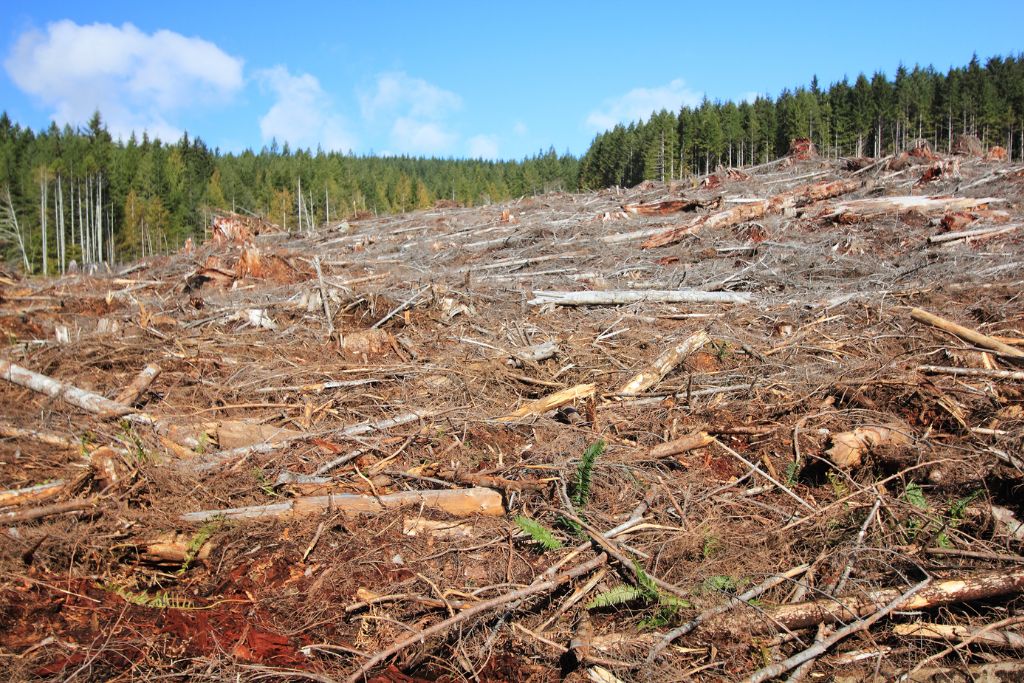A new study on the limits of planetary boundaries suggests that most of them have already been breached. This, researchers warn, poses a huge threat to humans and ecosystems around the world.
—
Human activities have pushed seven out of eight planetary boundaries beyond their “safe and just limit” into risk zones that indicate a huge threat to our planet’s and human health, a group of the world’s most renowned scientists has found.
In their study, published in the scientific journal Nature on Wednesday, experts looked into so-called planetary boundaries, key processes essential for sustaining life on Earth. Each one has a limit as to how much pressure it can take from humanity before it is pushed over a tipping point in which changes can no longer be reversed.
The earth systems boundaries outlined in the paper, which include climate, natural ecosystem area, ecosystem functional integrity, surface water, groundwater, nitrogen, and phosphorus, are highly interconnected, meaning that breaching the safe limit for one could have a knock-on effect on the others.

Planetary boundaries reboot. The red lines indicate a limit to what is ‘safe’ for the planet. The green space represents the threshold that is both safe for the planet and protects the world’s most vulnerable populations (‘safe and just’). The Earth-shaped icons show how, in seven of eight cases, thresholds for a safe and just world have already been crossed. Source: J. Rockström et al.
The research, which was carried out by the independent international scientific assessment initiative Earth Commission, found that the “safe and just” limit for global temperature rise, 1C, had already been surpassed. Scientists behind the study argued that a rise of 1.5C, the threshold agreed upon by world leaders under the Paris Agreement, could negatively impact 200 million people and expose more than half a billion people to long-term sea level rise.
Aside from that, scientists found that the level of intact ecosystems needed for the planet to thrive – anywhere between 50-60% – had also already been breached. Similarly, the use of nitrogen oxide emissions, a leading cause of water pollution, needed to be halved in order to stop the growth of harmful plant and algal blooms on surface water.

State of the Earth based on ‘safe and just’ planetary boundaries identified by the Earth Commission. Source: Rockström, Gupta, Qin Dahe, Lade et al, ‘Safe and just Earth system boundaries’, Nature, 2023 (Earth.Org).
A highly influential 2009 research originally identified biophysical boundaries, focussing on the effects of climate change on the planet itself. The new research, however, moved past that, attempting to identify the limits after which humans will suffer significant harm by including “justice” and equity for people in their scientific analysis. Researchers behind the study argued that people had an absolute right to water, food, energy, and health, alongside the right to a clean environment, yet the rapidly changing climate is resulting in a lack of access to clean water, widespread food insecurity, and the displacement of hundreds of millions of people because of rising temperatures and sea levels, floods, and other weather-related calamities.
Johan Rockström, a co-author of the study and director of the Potsdam Institute for Climate Impact Research, described the findings as “very worrying,” adding that the consequences of planetary boundaries overshootings are already hurting populations across the globe, especially “among the vast vulnerable majorities.”
You might also like: The Tipping Points of Climate Change: How Will Our World Change?


















